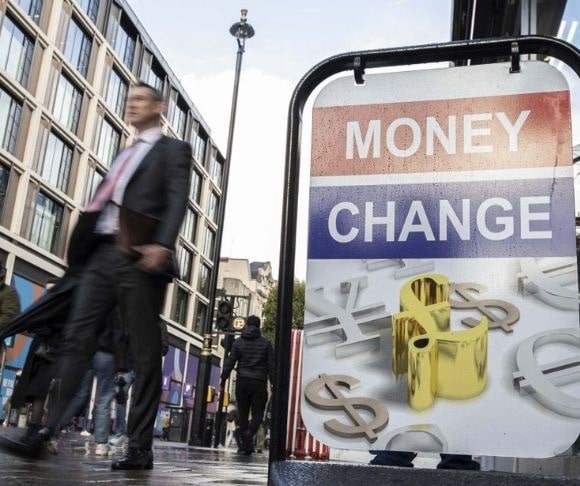What many had first considered a benign and trivial event in the Repurchase Agreement (repo) market has metastasized into something over which to lose sleep. The Federal Reserve has pumped more than $1 trillion into these markets, and the central bank is continuing to inject billions more of liquidity into the big boys league, potentially fueling repo madness. Does the Fed know something that we don’t? And, if so, do we continue business as usual or does everyone start diving into gold bullion? As Bette Davis famously uttered in All About Eve, “Fasten your seatbelts. It’s going to be a bumpy night.”
Repo: A Primer
 While not exactly a pleasant dinner conversation topic, the repo market is a huge sector of Wall Street that does have the opportunity to impact households across the United States. Repo is a short-term lending market where banks borrow cash from each other to meet reserve requirements laid out by the Federal Reserve at the end of every business day.
While not exactly a pleasant dinner conversation topic, the repo market is a huge sector of Wall Street that does have the opportunity to impact households across the United States. Repo is a short-term lending market where banks borrow cash from each other to meet reserve requirements laid out by the Federal Reserve at the end of every business day.
The Street survives because financial institutions and investment houses offer Treasurys as collateral to raise cash overnight to fund all their lending and trading activities. The next day, borrowers repay the loans in addition to a nominal rate to repurchase bonds. As we said, you could not pick up a lady or a gentleman at the bar talking repo.
In September, the repo market crashed when interest rates spiked from 2% to as high as 10%, and the fed funds rate rose five basis points above its target range. Some had dismissed the event as the Treasury selling securities at the same time corporations were making their quarterly tax payments. The other possibility was that all the easy money had been consumed as the banks expanded their lending capabilities. This was plausible reasoning, but the Fed has been bailing out the repo markets for the last four months, and there is no slowing down.
What’s Been Happening?
Since the debacle late last year, the Fed has pumped $500 billion into the repo market, and there is approximately $210 billion in outstanding repos on its balance sheet. Plus, another $74.2 billion was recently injected into the system. That is not all. Some reports suggest that there might be more lending happening with a concentration on smaller banks and major hedge funds.
The Fed Bank of New York announced that it would conduct repo agreement operations until the middle of next month – at the minimum. The size of these term operations will be reduced from $35 billion to $30 billion at the beginning of February, but the central bank refrained from adding anything further. The New York Fed Bank also confirmed that it accepted $32.15 billion in 14-day bids from primary dealers at a repo operation. This deal aimed to keep the fed funds rate within the target range.
It should be noted that the December Federal Open Market Committee (FOMC) meeting minutes highlighted that some repos might be necessary until at least April when tax payments trim reserve levels. At the same time, the FOMC did point to a “gradual reduction” in repo offerings.
This comes as the Fed outlined plans to continue its monthly $60 billion purchase of Treasury bills for reserve management and another $20 billion of Treasurys for reinvestment purchases. If you think this sounds like quantitative easing, then you would be correct – just do not call it QE4!

(Photo by Rasid Necati Aslim/Anadolu Agency via Getty Images)
To fund the exorbitant repos, the Fed is acquiring U.S. Treasury bills, mortgage-backed securities (MBS), and other liquid securities from the financial sector for cash. Most of these securities are designed to be collateral for the underlying loan, resulting in these institutions repurchasing them with interest within a couple of days or a few weeks.
But there is a case of inequality in the repo markets. For instance, it was recently reported that JPMorgan Chase had enough liquidity to finance its repos if it had not withdrawn more than half of its cash, or about $158 billion, from the Fed last year. Also, stricter reserve requirement regulations prevented the largest bank in the country from covering these repos, which is something that its CEO, Jamie Dimon, had alluded to last month.
It all makes your head spin.
Repo Madness
The latest shenanigans occurring inside the Eccles Building are just more money pumping that will add to the boom phase of the business cycle. This will postpone the bursting of the bubble as the money stock data highlights a massive surge between the end of September and the beginning of December. In the near-term, bailing out the repo market will benefit financial markets. Long-term, however, it will only exacerbate the economic collapse that will travel beyond the borders of the United States.
~
Read more from Andrew Moran.




